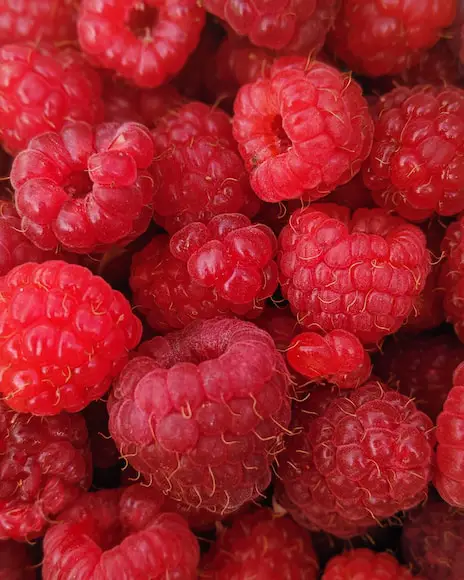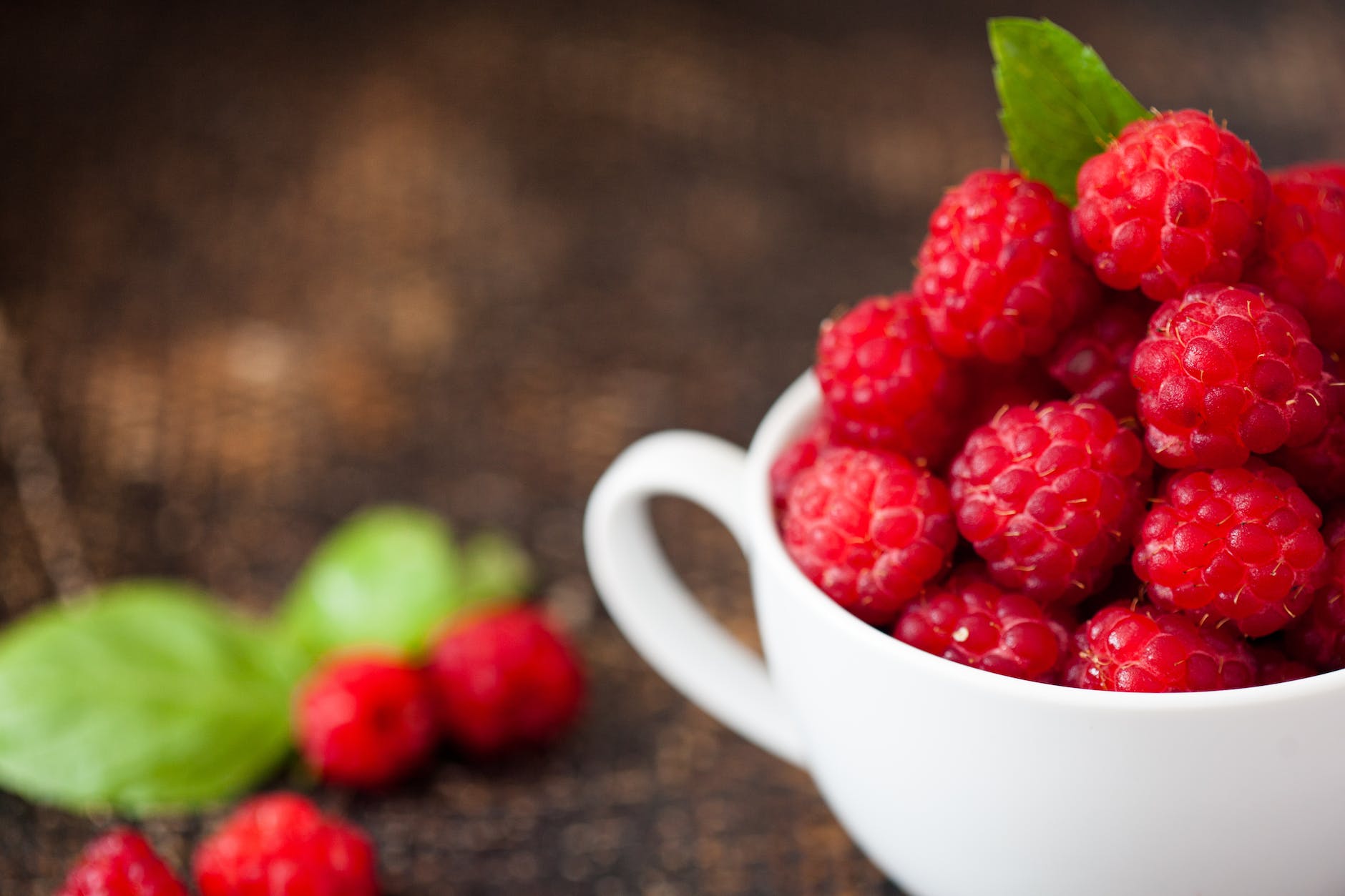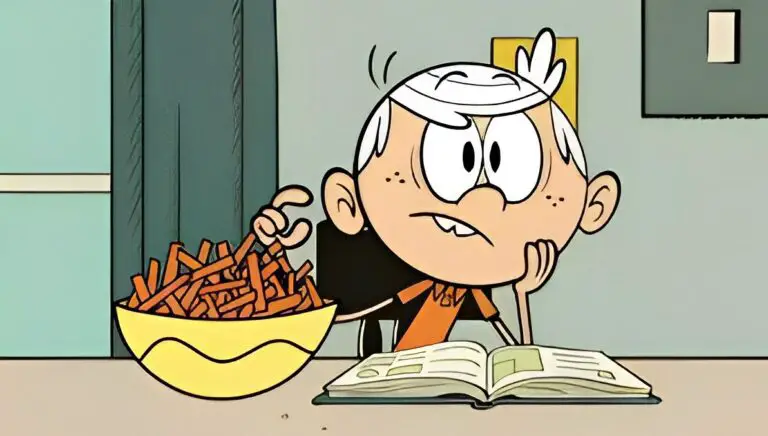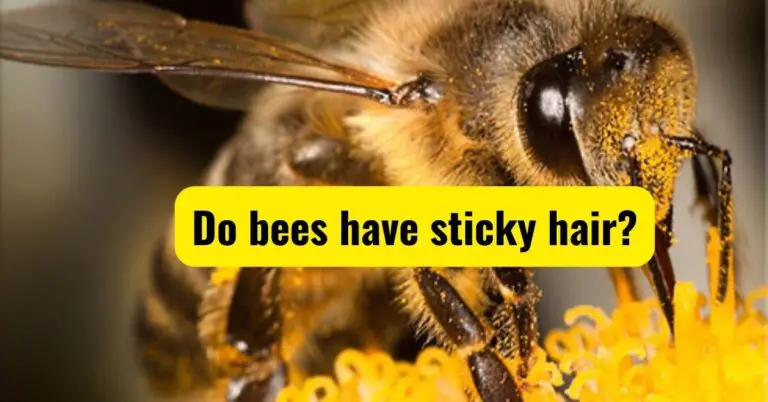Why Do Raspberries Have Hair? (Science Behind it)

When you take a close look at a raspberry, you might find yourself asking, “Why do raspberries have hair?” Indeed, the tiny, fuzzy hairs that coat the surface of this sweet fruit are a curious phenomenon.
Today, we will delve into the science behind this, shedding light on the purpose of these hairs, the benefits they provide to the raspberry, and whether they impact the fruit’s nutrition and taste.
By the end of this blog post, you will be well-versed in the unique characteristics of raspberries.
Why Do Raspberries Have Hair?

First and foremost, the ‘hairs’ on raspberries aren’t actually hair as we understand them in mammals. These are botanically referred to as “trichomes”. A prevalent feature in many plants, trichomes serve a variety of purposes.
But why do raspberries, in particular, have these trichomes?
These hairs are a form of natural defense for the fruit. They help deter pests and insects that might otherwise find the juicy, succulent raspberry irresistible. Moreover, the trichomes help shield the fruit from the harsh elements, including UV radiation and wind damage, thereby preserving the fruit’s delicate tissue.
In addition, these hairs create a microclimate that can hold moisture close to the fruit surface, preventing it from drying out in hot weather and ensuring the raspberry stays plump and juicy.
Furthermore, this microclimate can also help in moderating the temperature around the fruit, thereby enhancing its survivability during temperature fluctuations.
The Impact of Raspberry Hairs on Nutrition and Taste
Now, you might be wondering, do these hairs affect the nutritional value or taste of the fruit? Surprisingly, the answer is ‘no’. The hairs on a raspberry are purely a protective mechanism and have no significant impact on the taste or nutritional content of the fruit.
Raspberries remain a powerhouse of nutrition, packed with vitamins, fiber, and antioxidants, regardless of their hairy exterior. They are low in calories yet high in fiber, vitamins C and K, and manganese.
Furthermore, they have a naturally sweet, slightly tart flavor that is unaffected by the presence of trichomes.
The hairs on raspberries might feel slightly prickly on the tongue, but they are entirely safe to eat. In fact, they’re often unnoticed when consuming the fruit, especially when it’s used in smoothies, sauces, or desserts.
Conclusion
To sum up, the reason raspberries have hair, or rather trichomes, is purely a biological survival strategy, acting as a protective armor against pests, harmful environmental conditions, and moisture loss.
The presence of these hairs has no bearing on the nutritional value or taste of the fruit. So, the next time you find yourself savoring a raspberry, remember the purpose of those tiny hairs and appreciate the marvel of nature’s design.
In conclusion, understanding the small details of the world around us, like why raspberries have hair, not only satisfies our curiosity but also enhances our appreciation for the intricate and delicate balance of nature.
After all, it’s these tiny hairs that ensure we can continue to enjoy plump, juicy raspberries season after season.






